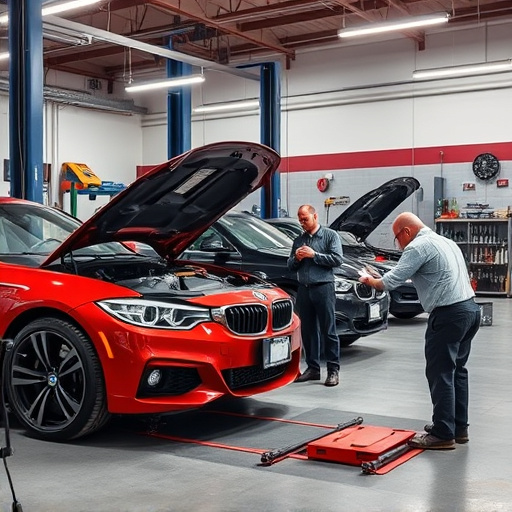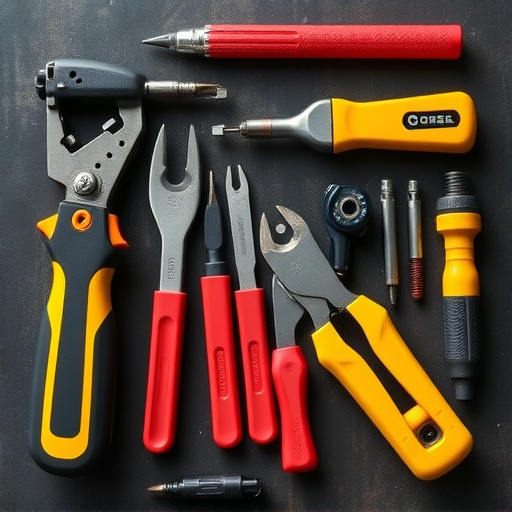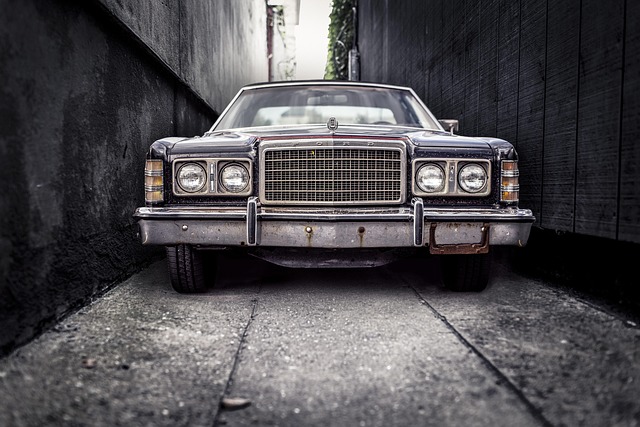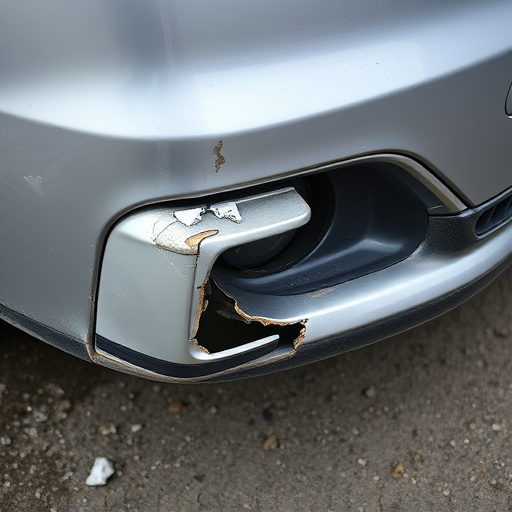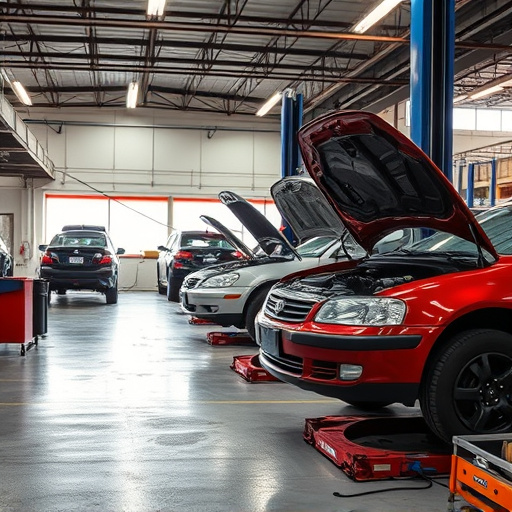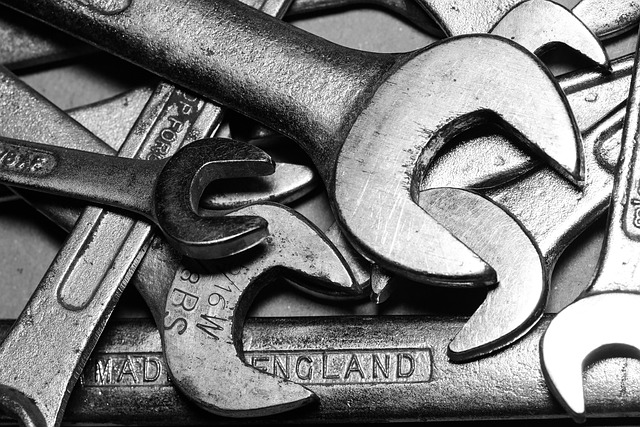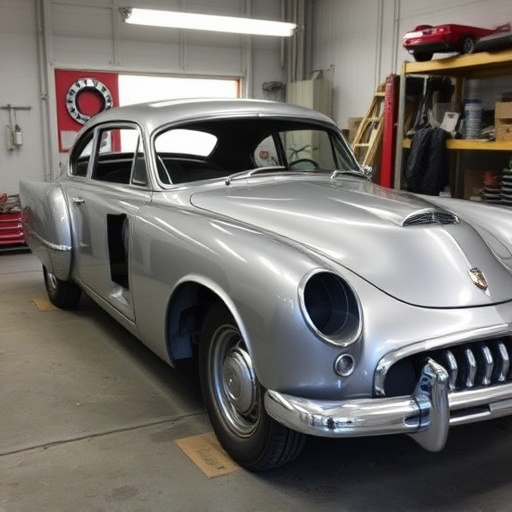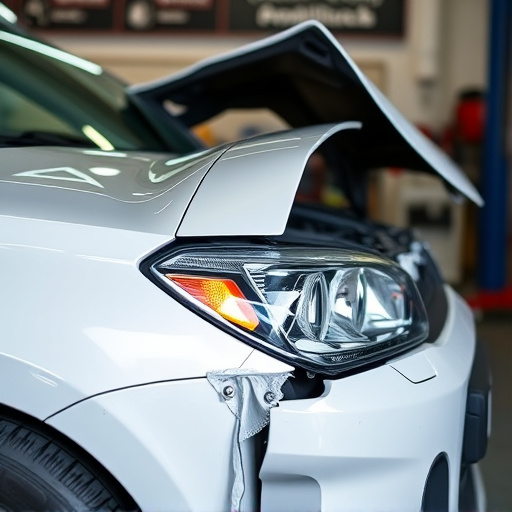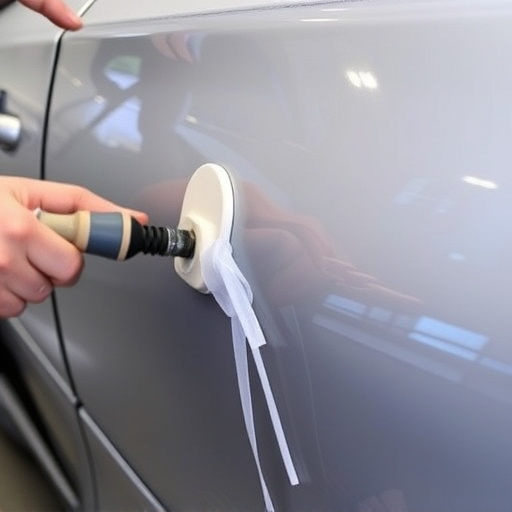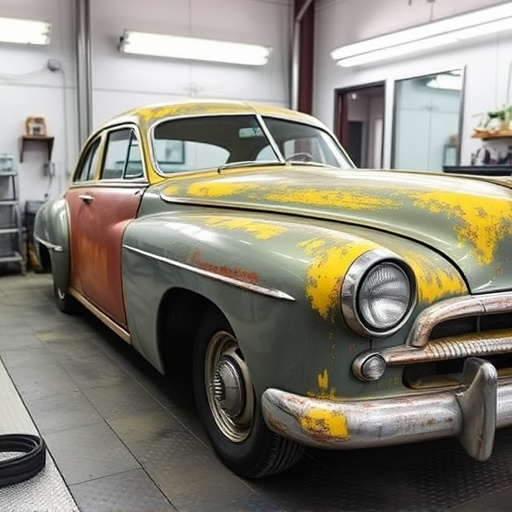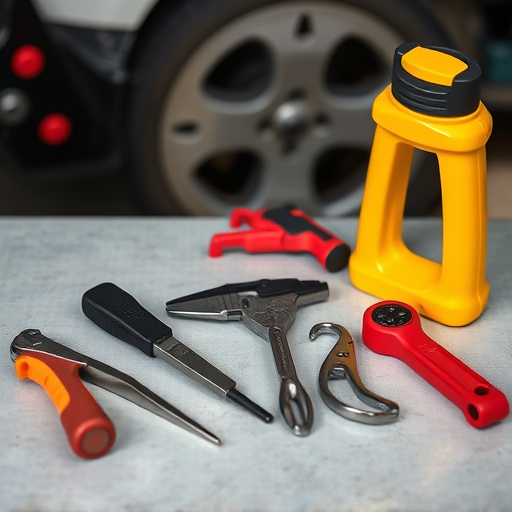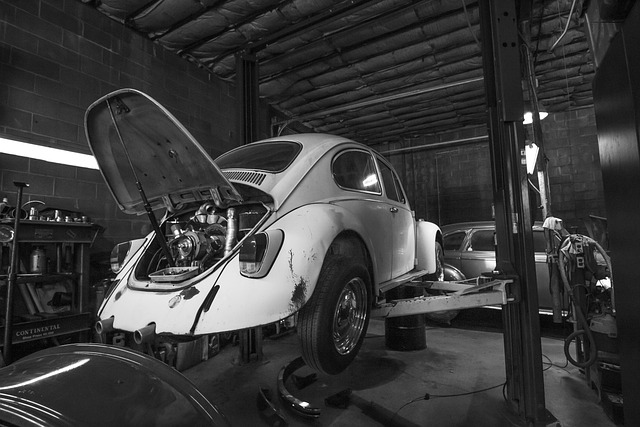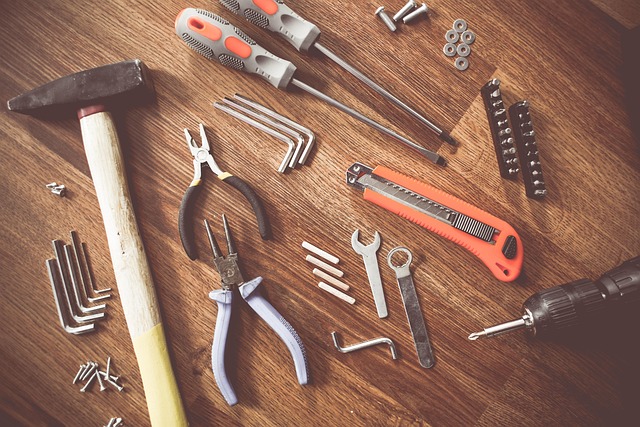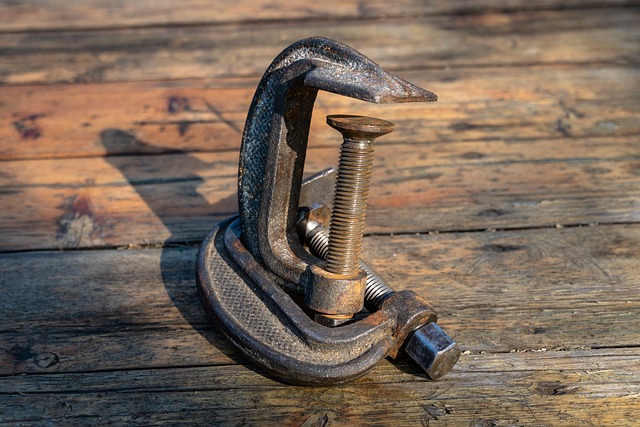Auto collision centers prioritize safety in every step of vehicle repair, from initial damage assessment to final handover. They adhere to stringent industry standards, use advanced equipment, and employ certified technicians to ensure accurate dent removal, meticulous panel alignment, and high-quality paint repairs while prioritizing employee and vehicle safety.
Auto collision centers play a crucial role in ensuring vehicle safety and repair quality. This article delves into the essential safety standards and compliance requirements that define these specialized facilities. From understanding critical protocols to exploring key industry-standard practices, we uncover best practices aimed at customer protection. Learn how strict regulations guide auto collision centers, fostering a culture of safety throughout every step of the repair process.
- Understanding Auto Collision Center Safety Protocols
- Key Compliance Standards for Collision Centers
- Ensuring Customer Safety: Best Practices Followed
Understanding Auto Collision Center Safety Protocols
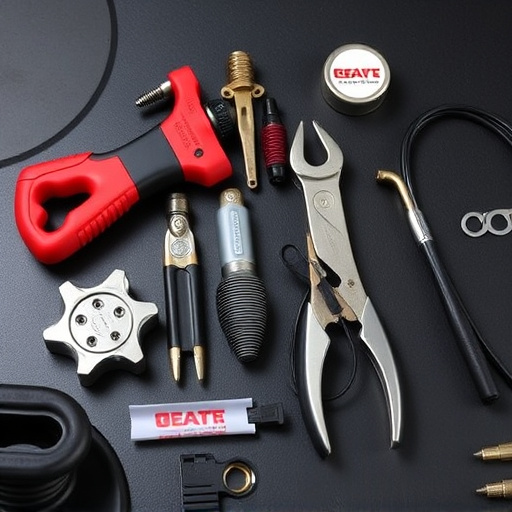
In the dynamic landscape of auto collision centers, safety protocols serve as the bedrock upon which quality service and customer confidence are built. These protocols encompass a comprehensive range of measures designed to ensure the well-being of both employees and vehicles. From the moment a vehicle enters the facility, it becomes subject to a meticulous series of checks and processes aimed at accurate damage assessment, effective frame straightening, and meticulous vehicle restoration.
The adherence to safety standards is not merely a regulatory requirement but a testament to the center’s commitment to excellence. Trained professionals employ state-of-the-art equipment and adhere to industry best practices in every step of the repair process. Whether it’s handling hazardous materials, managing heavy machinery for frame straightening, or restoring the vehicle body shop to its pre-accident condition, strict compliance with safety guidelines is paramount. This ensures not only the physical integrity of the vehicles but also the safety of everyone involved in the collision center’s operations.
Key Compliance Standards for Collision Centers
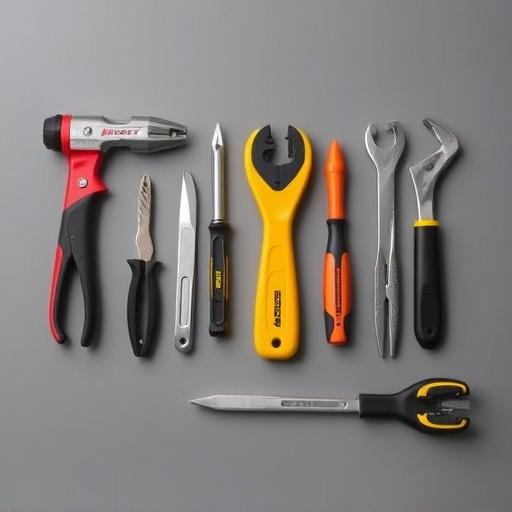
Auto collision centers play a crucial role in ensuring vehicle safety and quality repairs. To maintain high standards, several key compliance standards have been established. These include adherence to industry-specific guidelines for structural integrity, safety procedures, and environmental protection during collision repair processes. One of the primary focuses is ensuring accurate dent removal techniques while preserving the original vehicle aesthetics through meticulous panel alignment.
Moreover, proper training and certification for technicians are vital. They must be equipped with the skills to perform precise collision repair using advanced tools and materials. This involves not just fixing dents but also restoring vehicles to their pre-accident condition, encompassing both structural and cosmetic elements. Compliance ensures that every collision center operates with these principles in mind, guaranteeing customers’ peace of mind and the safety of their vehicles.
Ensuring Customer Safety: Best Practices Followed
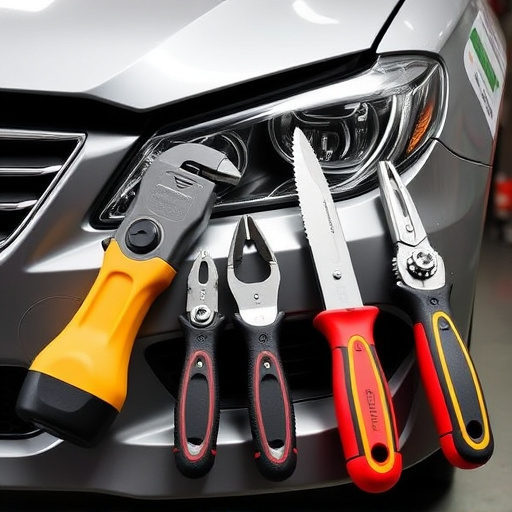
At an auto collision center, ensuring customer safety is paramount. The best practices followed by these centers go beyond mere compliance with regulatory standards. They implement comprehensive safety protocols that encompass every aspect of the vehicle repair process, from initial assessment to final handover. This includes using advanced diagnostic tools to accurately identify damage, employing state-of-the-art equipment for precise vehicle body repair, and adhering to stringent quality control measures throughout the car paint repair process.
Moreover, trained professionals are tasked with handling each step, from assessing the extent of damage on a vehicle’s exterior, including car scratch repair, to performing intricate car paint repair. Regular staff training and updating on safety standards ensure that every technician is adept at using personal protective equipment (PPE) and follows safe lifting practices to prevent accidents. This holistic approach not only guarantees high-quality repairs but also prioritizes the well-being of every customer who walks through their doors.
Auto collision centers play a vital role in ensuring vehicle safety and customer well-being. By adhering to strict compliance standards, these facilities maintain high-quality operations. Understanding and implementing best practices, as outlined in this article, is essential for every auto collision center aiming to deliver top-notch service while prioritizing customer safety in every step of the repair process.
